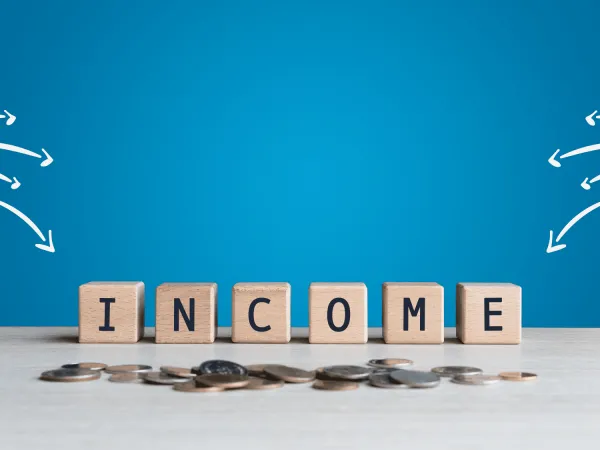
Various graphs and charts hovering over an open man's hand.
The Impact of Accurate Trend Forecasting on Market Analysis and Investment Decisions
Relevant business data is the most powerful tool for companies to acquire. It brings insights, competition, and, most importantly, fuels trend forecasting. By learning how to wisely manage trends and market forecasting, businesses can create innovative products and make wise investment decisions.
What is trend forecasting and what is it used for?
85% of companies consider data to be their organization's most valuable asset. Trend forecasting is a quantitative study that uses numbers and data from the past to create predictions about future patterns. For example, trend forecasting uses past statistics about investments to predict to reveal their linear pattern.
Another example would be using campaign data to predict future interaction habits and trends. Market forecasting can even show you how factors will react in one or another situation. Companies use trend forecasting for many significant reasons. Here is a look at three of those:
- Minimize risks. Knowing how a marketing strategy or investment will generate over a given period of time can inform marketers and investors of potential risks and determine how much risk they are willing to take.
- Improve investment returns. With an accurate forecast, investors can make wise decisions on when is the best time to invest, how much they should invest, and what industries they are better off choosing.
- Optimize long-term plans. By knowing how an audience will react to a campaign or how an investment will generate, marketers and investors can optimize long-term plans. They can create a chain reaction of campaigns or investments for the best result.
The most common trend forecasting use cases
Trend forecasting can predict some of the most unexpected situations and can save from some of the worst-case scenarios, learn more about it and some tips for forecasting.
Data-driven investment decisions
When an investor gets approached with a proposition to purchase a share of a company, they don't state their final decision before they analyze the trend forecasting on the stock growth.
To conduct an accurate company stock trend analysis, the investor collects data about the company, data about the stock market, and data about the overall industry. They use various tools to identify the relationship between the company's profile and the stock market and only then make an informed decision.
Detailed market analysis
Marketers who produce large-scale campaigns must perform big market analyses beforehand. They gather data about customer behavior changes, worldwide trends, purchasing habits, and industry levels.
With all data in hand, they create a trend forecast on how each user category will react to a marketing campaign and if the campaign will be big enough to bring a return on investment. In fact, organizations have improved their decision-making capabilities by 37% through the use of data.
Key tips and tricks for trend forecasting
About 82% of businesses with advanced maturity in data and analytics saw positive revenue growth over the past three years. These professionals use trend forecasting to identify a trend and follow up their analytics with data about the length and impact of the trend. During trend forecasting, they employ many tips and tricks, some of which we have included below.
Recognize past trends
To determine the success of a campaign or an investment, professionals always start with previous trend analyses. They assess time frames, what influenced changes, and how profitable one or the other investment was.
Observe data patterns and assess differences
Every trend has a pattern to it, and each pattern indicates the success of a trend. Some of the main trend patterns include:
● Linear patterns: These patterns in data graphs show up as a straight line, either indicating a constant rate of increase or decrease. They can indicate the increase or decrease in product sales, user engagement, stock growth, etc.
● Exponential patterns: Similar to linear patterns, exponential patterns show straight graph lines but indicate dramatic changes, like rapid growth.
● Constant patterns: A constant pattern shows no overall changes. It is open to seasonal shifts but no rapid changes.
Derive insights for further decisions
When analyzing past forecasts, professionals always compare them with actual changes. For example, a trend might show that an audience had a bad reaction to a campaign, but the actual customer behavior was positive. This happens because customer behavior doesn't only rely on trends. It is also influenced by economic patterns, societal shifts, and cultural norms.
You can then assess what the trend forecast says and what the actual behavior was like and create your own forecast for upcoming market changes. From the thorough data analysis, you can derive insights to drive your further strategies.
Conclusion
As we have established, trend forecasting is used to identify patterns and trends when making decisions. There are many areas of business where trend forecasting can be used, it can help with some of the smallest decisions to some of the most important ones. Thus, trend forecasting incorporates many data sources that are different depending on what is being analyzed and forecasted.


